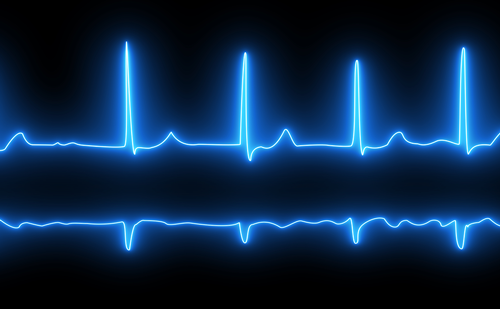Introduction: Direct Current Cardioversion (DCC) is one of the most effective means of converting atrial fibrillation into sinus rhythm. This is often chosen over medical cardioversion due to its shorter overall procedure duration, high success rate and low risk of proarrhythmias. It is indicated in haemodynamically unstable patients and stable patients who are unlikely to spontaneously reverse back into sinus rhythm. Traditionally, DCC has been performed under general anaesthetic (GA). However, more recently studies have shown that it can be performed safely under conscious sedation using IV midazolam. In order to confirm this data, a quality improvement project was carried out to compare success rates between the two methods in patients undergoing DCC.
Method: 181 patients who underwent DCC at Queen’s Hospital Burton in 2019-2020 were identified. 92 of these were performed under GA, whilst 89 were performed under conscious sedation. These were then analysed to compare complication rates between the two groups.
Results: The majority of cases performed under GA were done in 2019 (78%), compared to 75% Midazolam cases done in 2020. 87% of cases performed under GA were successful, compared to 93% using Midazolam (Pearson Chi2 p=0.157, p>0.05). There was no difference in length of stay between the two groups. 78% under GA had no complications, compared to 84% using Midazolam. Mean waiting time was longer for Midazolam (91.52 days vs 61.14 for GA), but this can be attributed to delays secondary to the COVID-19 pandemic.
Conclusion: Although none of the results were statistically significant, using conscious sedation did not adversely affect our success or complication rates. This gives us the potential to turn this into a nurse-led service, which should lower waiting times and improve efficiency.
















